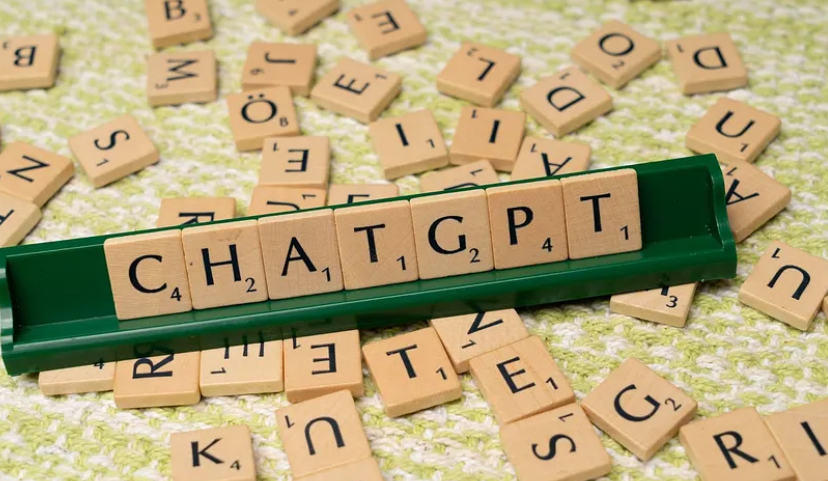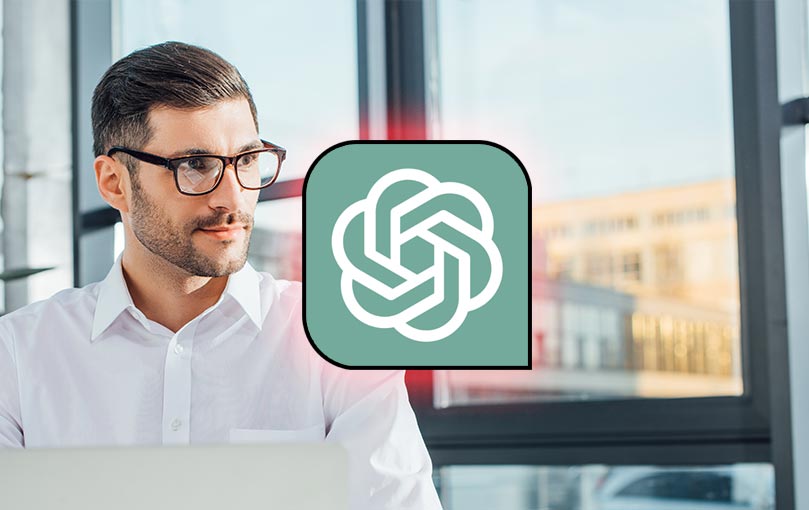By Pantelis Simotas,
In today’s globalized world, communication across languages is more critical than ever. The rise of artificial intelligence (A.I.) and natural language processing (N.L.P.) technologies has transformed how we approach language translation. Among these technologies, OpenAI’s ChatGPT stands out as a powerful tool for facilitating multilingual communication and breaking down language barriers. This article explores the role of ChatGPT in translation, highlighting its capabilities, benefits, and potential limitations.
ChatGPT, based on the GPT-4 architecture, is an advanced A.I. language model developed by OpenAI. It is designed to comprehend and produce text that resembles human writing, based on the input it gets. While not specifically a translation tool, ChatGPT’s extensive training on diverse text data allows it to perform various language-related tasks, including translation. Its architecture is built upon a transformer model, which enables it to understand context by paying attention to different parts of a sentence. This attention mechanism is crucial for translating languages accurately, as it helps the model grasp the nuances and structure of different languages. Furthermore, ChatGPT has been trained on a diverse dataset that includes a multitude of languages, enhancing its ability to handle multilingual tasks effectively.
ChatGPT approaches translation by leveraging its vast knowledge base, which includes multilingual text. When tasked with translating text from one language to another, ChatGPT draws on this data to produce coherent and contextually appropriate translations. Unlike traditional rule-based translation systems, ChatGPT uses machine learning to understand context, idiomatic expressions, and nuances in language, resulting in more natural translations.
For example, if asked to translate “The cat is on the mat” into French, ChatGPT would provide “Le chat est sur le tapis”. This translation is not merely a word-for-word substitution but an understanding of the phrase’s meaning and context, ensuring accuracy and fluency. This ability to interpret context is particularly important for languages that rely heavily on context for meaning, such as Chinese or Japanese.

In addition, ChatGPT can handle different dialects and variations within a language. For instance, translating from American English to British English involves subtle differences in vocabulary and spelling that ChatGPT can manage effectively. Similarly, it can discern and translate regional variations of Spanish, catering to the specific needs of users in different Spanish-speaking countries.
One of the most significant advantages of using ChatGPT for translation is its speed. It can process and translate large volumes of text almost instantaneously, making it a valuable tool for businesses and individuals who need quick translations. This efficiency is particularly beneficial in industries like e-commerce, where businesses often deal with international customers and need to provide information in multiple languages promptly. Also, ChatGPT is available to anyone who has internet access. This democratizes access to high-quality translation services, which were previously limited to professional translators or expensive software. With ChatGPT, individuals, small businesses, and non-profit organizations can communicate across languages without incurring high costs. This accessibility also supports education, as students and researchers can use ChatGPT to access and understand resources in different languages.
Beyond simple translations, ChatGPT can handle complex language tasks, such as summarization, text generation and answering questions. This versatility makes it a comprehensive tool for multilingual communication. For example, a user can input a lengthy document in one language and receive a concise summary in another language, streamlining the process of digesting and sharing information.
Traditional translation tools often struggle with idiomatic expressions and context-specific meanings. ChatGPT, however, excels in these areas due to its contextual understanding, providing translations that are not only accurate but also culturally relevant. This is particularly important in fields such as marketing and advertising, where the effectiveness of a message often depends on its cultural resonance.

Despite its impressive capabilities, ChatGPT is not without its limitations. Understanding these challenges is crucial for users to leverage the tool effectively.
While ChatGPT can produce high-quality translations, it is not infallible. Errors can occur, particularly with less common languages or specialized jargon. Users should always review and verify translations, especially for critical applications. This is especially important in fields such as law and medicine, where inaccuracies can have significant consequences.
Professional human translators bring cultural insight and emotional nuance to their work, which A.I. models like ChatGPT may lack. This can be particularly important in literary translation or contexts where subtlety and tone are crucial. For instance, translating poetry or literature requires an understanding of rhythm, meter, and emotion that A.I. may not fully capture.
Using A.I. for translation involves processing potentially sensitive information. Users must be cautious about data privacy and consider the ethical implications of using A.I. systems for translating personal or confidential content. Ensuring that data is handled securely and respecting user privacy are critical considerations in the deployment of A.I. translation tools.
ChatGPT’s performance is directly tied to the quality and diversity of its training data. If the data is biased or lacks representation of certain languages or dialects, the translations may reflect these shortcomings. Addressing this issue requires ongoing efforts to improve and diversify the training datasets, ensuring that all languages and dialects are adequately represented.
Looking ahead, the role of ChatGPT in translation is likely to expand. Continuous advancements in A.I. and N.L.P. will enhance the accuracy and capabilities of language models, making them even more reliable for translation tasks. Integrating ChatGPT with other technologies, such as speech recognition and augmented reality, could lead to innovative translation solutions that further bridge language gaps. For instance, real-time translation during video calls could become more seamless, enabling more natural and effective communication across languages.

Moreover, as A.I. becomes more embedded in everyday applications, there will be a growing emphasis on developing ethical guidelines and standards to ensure that A.I.-driven translations are used responsibly and fairly. Collaboration between A.I. developers, linguists, and policymakers will be essential in shaping the future landscape of A.I. translation. Establishing clear guidelines for the ethical use of A.I. in translation, including considerations for accuracy, privacy, and cultural sensitivity, will be crucial.
There is also the potential for A.I.-driven translation tools like ChatGPT to contribute to the preservation and revitalization of endangered languages. By providing tools that can translate and generate text in these languages, A.I. can support efforts to keep them alive and facilitate their use in modern contexts.
ChatGPT represents a significant leap forward in the field of language translation, offering a powerful, accessible, and versatile tool for breaking down language barriers. While it is not without its challenges, the benefits it brings to multilingual communication are substantial. As A.I. technology continues to evolve, tools like ChatGPT will play an increasingly important role in fostering global understanding and connectivity, making the world a smaller, more interconnected place. Whether for business, education, or personal communication, ChatGPT is poised to transform how we approach translation in the digital age. The future of translation is bright, and ChatGPT is at the forefront of this exciting transformation.
References
- How will ChatGPT impact the translation industry? RWS Group Blog. Available here
- ChatGPT’s translation strengths & limitations. Pangea Translation Experts Blog. Available here
- ChatGPT or DeepL: Which is better for translation? Across Language Technologies Blog. Available here




